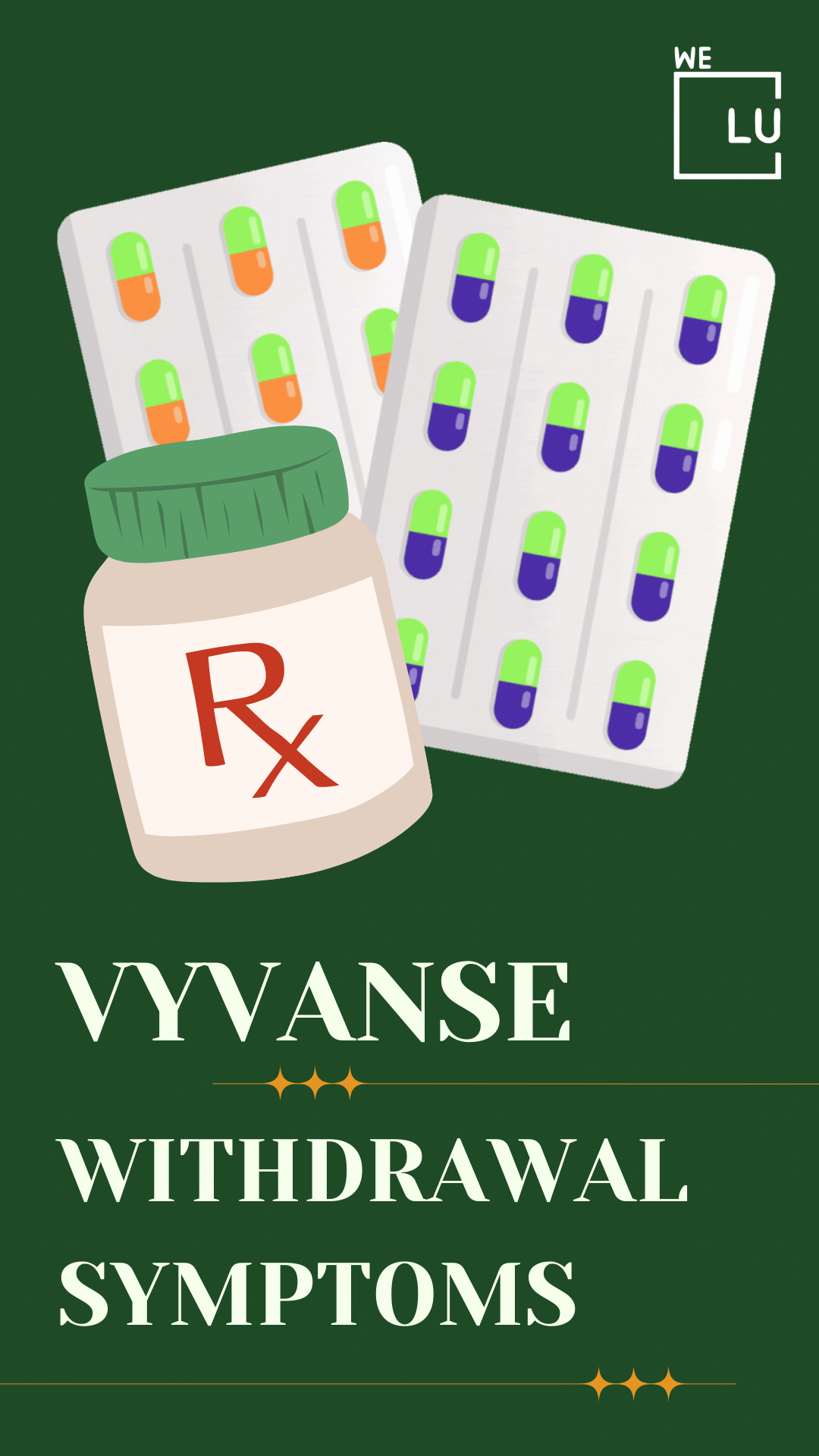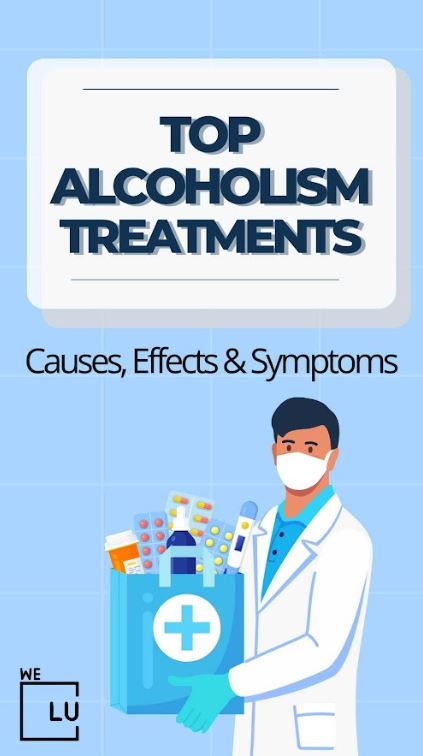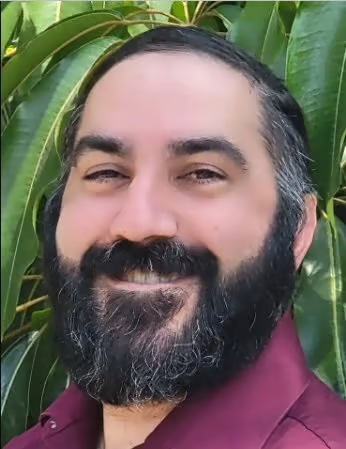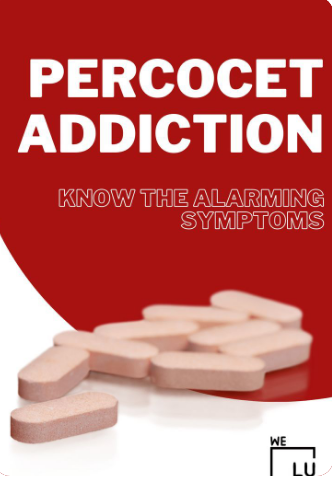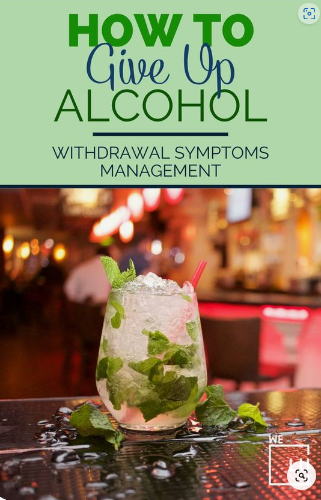What Are Club Drugs? Club Drugs Definition
Club drugs, also called party drugs or designer drugs, are a class of psychoactive substances frequently used in group settings like bars, discos, and raves. Users seek out these drugs because of their positive effects on their mood, their ability to make them more outgoing, and heighten their senses. Ecstasy (MDMA), ketamine, GHB, Rohypnol (roofies), and LSD are all examples of popular drugs in clubs.
Because of their potentially devastating effects, drug on club use has become a top public health concern. It is difficult to predict the effects of drugs on clubs because they are often produced in illegal laboratories of varying purities and strengths. Overdose, addiction, and brain damage are potential long-term and short-term physical and mental health consequences of using these drugs.
NIDA reports that club drug use among young adults (18-25) has been stable recently, with MDMA and LSD being the most frequently used substances. However, GHB use has increased recently, especially among young adults.
Club drugs’ risks and side effects are a major concern, although some have been studied for possible therapeutic uses. Club drug use is associated with a high risk of life-threatening medical complications. People should know the dangers of these substances and get help if they have a problem with substance abuse.
Examples of Club Drugs
There are several types of club drugs, namely:
- Ecstasy, or MDMA, is a synthetic psychoactive drug that causes noticeable changes in one’s mind. It’s a mood elevator that makes you more empathetic and gives you more stamina.
- Ketamine is a dissociative anesthetic, which can make you feel like you’re not there. It’s commonly used for rape on dates.
- GHB is a depressant that can be used to help you get to sleep. Loss of consciousness, nausea, and dizziness are all possible side effects.
- Rohypnol is a sedative that is occasionally employed in the commission of date rapes. Amnesia, vertigo, and brain fog are all possible side effects.
- LSD is a type of hallucinogenic drug that has been linked to extremely intense and detailed hallucinations of the visual variety. It also has the potential to alter one’s mental processes.
- Cocaine is a potent stimulant that users often report euphoria, heightened energy, and increased talkativeness. It also raises the risk of paranoia and cardiac issues.
- Methamphetamine is a powerful and dangerous stimulant that can elevate a person’s mood, energy level, and awareness. Hallucinations, paranoia, and other psychological distress are also possible side effects.
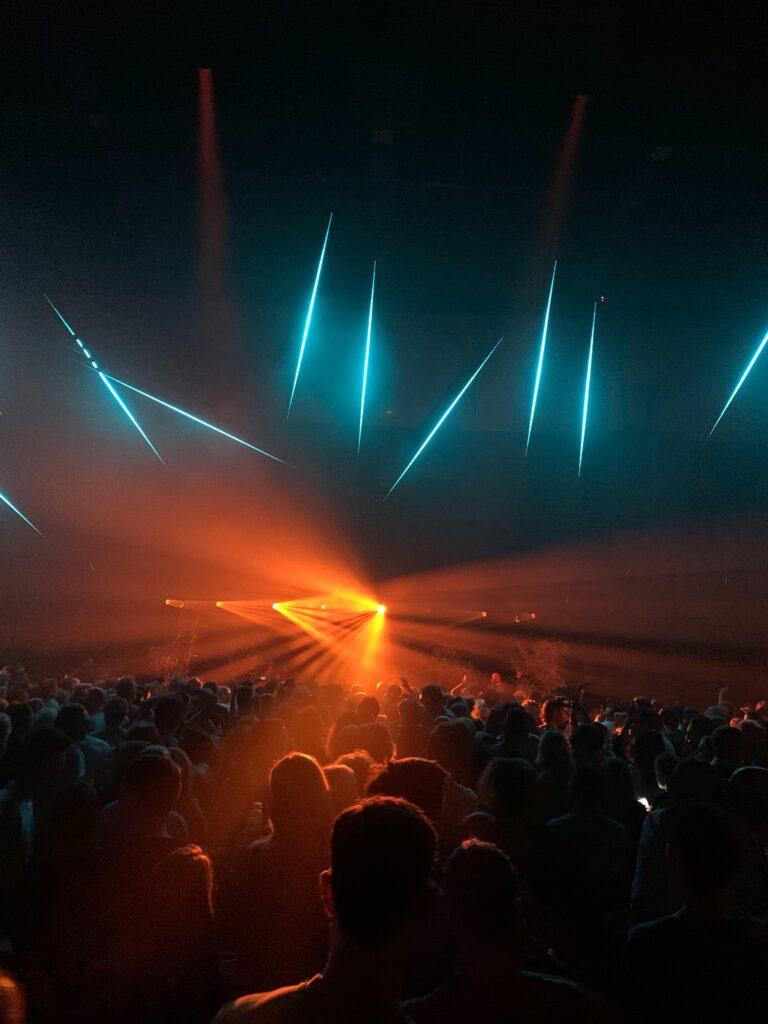
Skip To:
Learn More:
- Can MDA Drugs Cause Harmful Side Effects
- What Drugs Are in Ecstasy? Ecstasy Side Effects, Addiction, & Treatment
- Ketamine Half Life, Risky Effects of Ketamine High
- Can LSD Kill You? LSD Overdose Symptoms & Treatment
- GHB Detox
- How To Pass a Drug Test for Meth? How Do Meth Drug Tests Detect Meth?
- What Do Crack Pipes Look Like? Cocaine Abuse Facts & Help Options
Get Help. Get Better. Get Your Life Back.
Searching for Accredited Drug & Alcohol Rehab Centers Near You? Or Mental Health Support?
Even if you have failed previously, relapsed, or are in a difficult crisis, we stand ready to support you. Our trusted behavioral health specialists will not give up on you. Call us when you feel ready or want someone to speak to about therapy alternatives to change your life. Even if we cannot assist you, we will lead you wherever you can get support. There is no obligation. Call our hotline today.
FREE Addiction Hotline – Call 24/7Club Drugs Abuse Statistics
Club drug abuse is a serious issue that threatens public health and can lead to severe physical and mental health consequences. A better understanding of the problem can be achieved by analyzing club drug abuse statistics. These statistics can offer valuable insights into the prevalence and effects of club drug abuse on individuals, communities, and society. By understanding the patterns and trends of club drug abuse, policymakers, healthcare providers, and individuals can work together to prevent drug abuse and support those in need of recovery.
1.5 million
An estimated 1.5 million Americans aged 12 or older reported using MDMA (ecstasy) in 2020.
Source: National Survey on Drug Use and Health
18 to 25
MDMA is most common among young adults aged 18 to 25.
Source: National Institute on Drug Abuse
49%
In the United States, emergency department visits related to GHB (gamma-hydroxybutyric acid) increased by 49% between 2014 and 2018.
Source: SAMHSA
Facts About Club Drugs
Club Drugs Overview
These illegal substances are often used in social settings to enhance experiences and alter perceptions. Examples include MDMA, ketamine, GHB, Rohypnol, cocaine, and LSD. These drugs can be dangerous and even fatal, with potential side effects such as dehydration, impaired judgment, hallucinations, seizures, and coma. These types of drugs are illegal and can result in severe legal consequences.
Club Drugs Street Names
these types of drugs have several street names, which are used to conceal their true identities and make them more difficult to detect by law enforcement. Here are some common street names for popular club drugs:
- MDMA (ecstasy): E, XTC, Molly
- Ketamine: Special K, K, Kit Kat
- GHB: G, Liquid Ecstasy
- Rohypnol (roofies): Roofies, Rophies, Forget-me-pill
- Cocaine: Coke, Blow, Snow
- LSD: Acid, Lucy, Tabs
It’s important to note that using street names for drugs does not make their use safer or legal.
Club Drugs Abuse Treatment
The treatment for club drug abuse can vary depending on the individual’s specific needs and the severity of the addiction. Treatment options can include:
- Detoxification: involves removing the drug from the individual’s system through a medically supervised process to manage withdrawal symptoms.
- Behavioral therapy: This can help individuals identify the underlying reasons for their drug use, develop coping strategies, and learn healthier behaviors and habits.
- Support groups: Group therapy or support groups can provide individuals with a sense of community and encouragement from others who have experienced similar struggles.
- Medication-assisted treatment: Certain medications may be used to manage withdrawal symptoms and reduce drug cravings.
- Aftercare: Continuing care after treatment can help individuals maintain their sobriety and prevent relapse. This can include ongoing therapy, support groups, and other resources.
It is crucial to seek professional help for club drug abuse, as it can have severe physical and mental health consequences. With appropriate treatment and support, recovery from club drug addiction is possible.
Most Popular Club Drugs Facts FAQs
-
How are club drugs used?
People use drugs in clubs differently, depending on the drug and what they like. Some drugs used in clubs, like ecstasy and MDMA, are usually taken by mouth as pills. Others, like ketamine, can be mixed with a liquid and injected or snorted as a powder. GHB and Rohypnol are usually taken by putting them in a drink and drinking them. LSD, on the other hand, is usually taken by putting it on a small piece of paper or a sugar cube that has been soaked in the drug.
-
What Are Designer Club Drugs?
It refers to psychoactive substances that are either synthetic or modified. These substances are designed to mimic the effects of traditional club drugs like MDMA, LSD, or cocaine.
Even though their safety and legality are frequently up for debate, these substances are frequently manufactured in underground labs to be sold as legitimate substitutes for illegal drugs. Bath salts, synthetic cannabinoids (like Spice or K2), and so-called “research chemicals” like 2C-B and NBOMe all fall under designer drugs.
-
Why do Some People Use The Term Gay Club Drugs?
The phrase “gay club drugs” is occasionally employed to refer to substances frequently utilized within the LGBTQ+ community in the context of nocturnal entertainment and club milieu. The aforementioned drugs, namely MDMA, ketamine, and GHB, are frequently utilized to augment the sensation of dancing, socializing, and establishing interpersonal bonds.
-
Which Club Drug Is Structurally Similar To GABA?
The club drug structurally similar to GABA (gamma-aminobutyric acid) is called GHB (gamma-hydroxybutyrate). Because of its chemical similarity to GABA, GHB can bind to GABA receptors in the brain, affecting the central nervous system. However, it is important to note that GHB is a dangerous drug that can lead to overdose and other serious health consequences.
-
What are the legal consequences of club drugs?
drugs in clubs are illegal, and owning, selling, or giving them to others is a crime. The severity of the charges and penalties can depend on how much of the drug was found, whether the person had plans to sell it, and their criminal history.
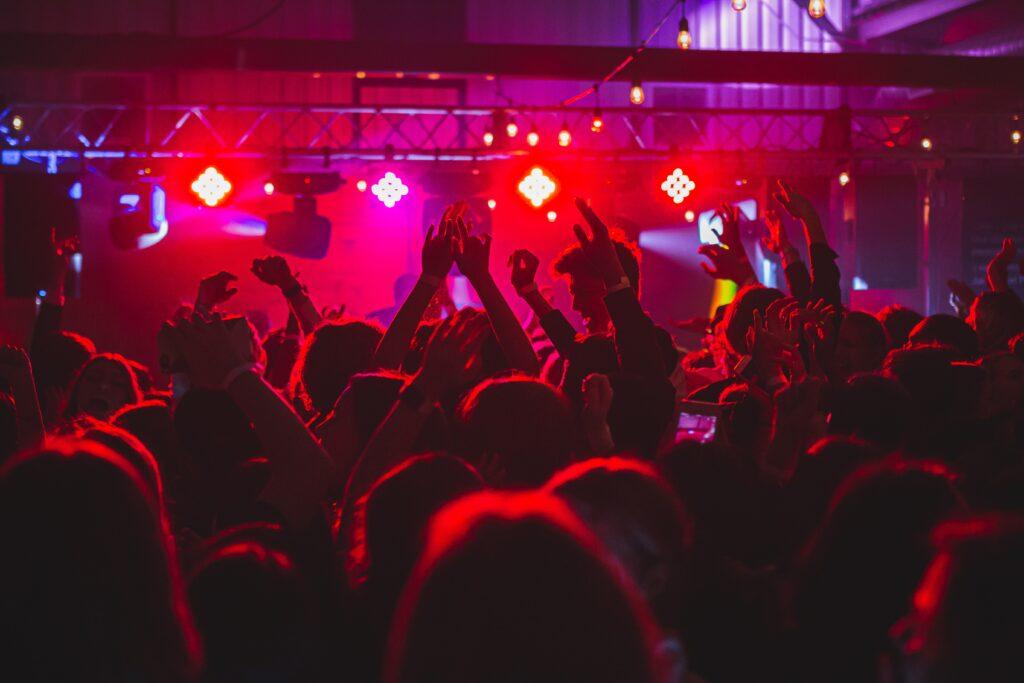
Effects Of Club Drugs
These drugs can elicit various effects on individuals, encompassing physical, psychological, and behavioral manifestations. The impacts may differ based on the type of substance administered, the quantity, and personal variables such as age, body mass, and general well-being.
The administration of these drugs is frequently associated with physiological manifestations such as heightened heart rate, augmented blood pressure, desiccation, and hyperthermia. The potential hazards of club drugs can be exacerbated when consumed with the stimulating atmospheres commonly associated with their use, such as dance parties or raves.
These drugs can elicit psychological effects such as altered perception, relaxation, and euphoria. Nonetheless, these can also develop anxiety, panic attacks, paranoia, and even psychosis. Prolonged consumption of these drugs may result in psychological disorders such as depression, anxiety, and cognitive dysfunction.
Club drugs may induce notable behavioral effects, including compromised judgment, diminished inhibitions, and heightened risk-taking conduct. Engaging in risky behaviors such as unprotected sexual intercourse, intoxicated driving, and violent acts can potentially result in hazardous circumstances.
The potential dangers and unpredictability of these drugs are significant. It is imperative for individuals to possess knowledge regarding the potential hazards linked with these pharmaceutical substances and to solicit assistance in case they encounter difficulties with addiction or other correlated predicaments.

Get Your Life Back
Find Hope & Recovery. Get Safe Comfortable Detox, Addiction Rehab & Mental Health Dual Diagnosis High-Quality Care at the We Level Up Treatment Centers Network.
Hotline (877) 378-4154Short Term Effects of Club Drugs
The short-term effects of these drugs can vary depending on the specific substance used. However, some common short-term effects include:
- Euphoria.
- Increased energy.
- Increased sociability.
- Altered perception of time and space.
- Distorted sensory perceptions.
- Nausea and vomiting.
- Paranoia.
- Sweating.
- Blurred vision.
- Muscle tension.
- Elevated heart rate and blood pressure.
- Agitation.
- Anxiety.
- Panic attacks.
Comfortable Facilities & Amenities
High-Quality Addiction & Mental Health Rehabilitation Treatment
Rehab Centers TourRenowned Addiction Centers. Serene Private Facilities. Inpatient rehab programs vary.
Addiction Helpline (877) 378-4154Proven recovery success experience, backed by a Team w/ History of:
15+
Years of Unified Experience
100s
5-Star Reviews Across Our Centers
10K
Recovery Success Stories Across Our Network
- Low Patient to Therapist Ratio
- Onsite Medical Detox Center
- Comprehensive Dual-Diagnosis Treatment
- Complimentary Family & Alumni Programs
- Coaching, Recovery & Personal Development Events
Long Term Effects of Club Drugs
- Addiction.
- Depression.
- Anxiety disorders.
- Memory impairment.
- Cognitive dysfunction.
- Psychosis.
- Sexual dysfunction.
- Chronic fatigue.
- Liver damage.
- Kidney damage.
- Cardiovascular damage.
- Respiratory problems.
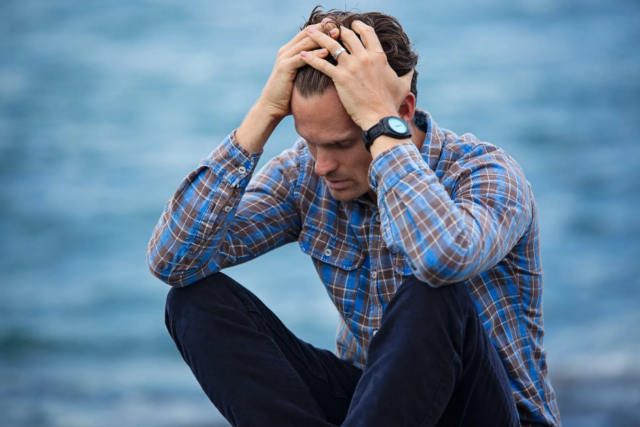
World-class, Accredited, 5-Star Reviewed, Effective Addiction & Mental Health Programs. Complete Behavioral Health Inpatient Rehab, Detox plus Co-occuring Disorders Therapy.
CALL (877) 378-4154End the Addiction Pain. End the Emotional Rollercoaster. Get Your Life Back. Start Drug, Alcohol & Dual Diagnosis Mental Health Treatment Now. Get Free No-obligation Guidance by Substance Abuse Specialists Who Understand Addiction & Mental Health Recovery & Know How to Help.
Club Drugs Abuse Treatment

The addictive potential of these drugs is heightened by the intense euphoric and pleasurable sensations they elicit, thereby rendering their cessation a formidable task. Nevertheless, individuals can surmount their addiction to these drugs through appropriate intervention and attain sustained rehabilitation.
The initial phase of addressing club drug abuse entails detoxification, a process that entails the elimination of the substance from the individual’s system. The detoxification process must be conducted under medical supervision to guarantee the safety and well-being of the individual undergoing the procedure. The process of detoxifying from these drugs can present a significant challenge owing to the severity of the withdrawal symptoms that may manifest, including drug cravings, insomnia, anxiety, and depression.
Following the detoxification process, it is imperative to provide continuous treatment that targets the fundamental psychological, behavioral, and social factors contributing to club drug abuse. The potential treatment modalities encompass behavioral interventions, such as cognitive-behavioral therapy (CBT), motivational interviewing (MI), and contingency management (CM).
Cognitive Behavioral Therapy (CBT) is a form of psychotherapeutic intervention that centers on recognizing and altering detrimental cognitive processes and behaviors contributing to addictive tendencies. Motivational interviewing (MI) is a patient-focused therapeutic approach that aims to assist individuals in recognizing and resolving their ambivalence towards drug use. On the other hand, contingency management (CM) is a behavioral intervention that utilizes positive reinforcement to promote abstinence from drug use.
Experience Transformative Recovery at the We Level Up Treatment Center.
See our authentic success stories. Get inspired. Get the help you deserve.



Start a New Life
Begin with a free call to an addiction & behavioral health treatment advisor. Learn more about our dual-diagnosis programs. The We Level Up treatment center network delivers various recovery programs at each treatment facility. Call to learn more.
- Personalized Care
- Caring Accountable Staff
- Comfortable Amenities
- Licensed & Accredited
- Renowned w/ 5-Star Reviews
We’ll Call You
Dual Diagnosis Treatment Centers NJ
drugs in clubs can also alter the dopamine reward system, making it challenging to stop using them if the habit is problematic. Breaking the habit is just one part of the recovery process, and it’s crucial to reprogram deeply entrenched thought patterns to form new positive behaviors.
Like any drug addiction, quitting these drugs may present challenges, such as losing friends, needing to fill your time, and experiencing uncomfortable withdrawal symptoms. The withdrawal symptoms can be intense and make it difficult to quit completely.
The first step in treating club drug addiction is detoxification, which helps navigate the complicated withdrawal process. However, it doesn’t address the thought and behavior patterns contributing to drug abuse. Various treatment approaches and settings can provide ongoing support to maintain long-term sobriety after detox.
Cravings during detox are common and can lead to relapse. Inpatient treatment with constant medical care can help prevent relapse. Clinicians can offer necessary medication and medical expertise to lessen cravings and withdrawal symptoms.
Addiction Treatment Sobriety Story
My life before going to treatment was in shambles. I was a mom of two children. I was homeless. Just trying to figure out how I could get my next one. And then I went to rehab; it was my 30th time going to treatment, and I finally wanted it. Nobody wanted it for me. I make an AA meeting at least three to four times a week. I have a sponsor. I do have a home group. I work steps. I am in complete contact with my children and complete contact with my family, and I couldn’t be happier.”
Nikki’s Addiction Recovery Testimonial
Search The Dangers of Club Drugs, Understanding the Risks & Effects Topics & Resources
Sources
- National Institute on Drug Abuse: https://www.drugabuse.gov/drug-topics/club-drugs
- National Institute on Mental Health: https://www.nimh.nih.gov/health/topics/club-drugs/index.shtml
- U.S. Department of Health and Human Services: https://www.hhs.gov/opa/for-individuals-and-families/club-drugs/index.html
